In today’s world, prioritizing sustainability isn’t just a trend; it’s a necessity. Making your home eco-friendly can significantly reduce your carbon footprint and contribute to a healthier planet. Plus, it’s often easier and more stylish than you might think! From energy-efficient appliances to natural cleaning solutions, there are countless ways to green your home without sacrificing style or comfort.
1. Swap Out Your Light Bulbs for LEDs

Switching to LED light bulbs is one of the simplest and most effective ways to make your home more eco-friendly. LEDs use significantly less energy than traditional incandescent bulbs, which means they’re not only better for the environment but also for your wallet. According to the U.S. Department of Energy, LED bulbs use at least 75% less energy and last 25 times longer than incandescent lighting. This reduction in energy consumption can significantly lower your electricity bill and reduce your carbon footprint.
Beyond their energy-saving benefits, LED bulbs come in a variety of colors and styles, allowing you to maintain or even enhance the aesthetic of your home. They are available in a range of brightness levels and color temperatures, making them suitable for any room or mood. LEDs don’t contain hazardous materials like mercury, which means they’re safer to use and easier to dispose of. By making this small change, you can enjoy a brighter, greener home.
2. Opt for Eco-Friendly Cleaning Products

Traditional cleaning products often contain harsh chemicals that can harm both the environment and your health. Switching to eco-friendly cleaning products is a simple way to reduce this impact. Many brands offer natural alternatives that use plant-based ingredients and essential oils to clean effectively without the environmental toll. According to the Environmental Working Group, these green cleaning products are less likely to cause skin irritations, respiratory issues, and other health problems.
Besides being safer, eco-friendly cleaners often come in recyclable packaging, further reducing waste. You can also make your cleaning solutions using common household ingredients like vinegar, baking soda, and lemon juice. These DIY cleaners are not only cost-effective but also ensure you know exactly what’s going into your home. By making this switch, you prioritize your well-being and contribute to a cleaner planet.
3. Embrace the Power of Solar Energy
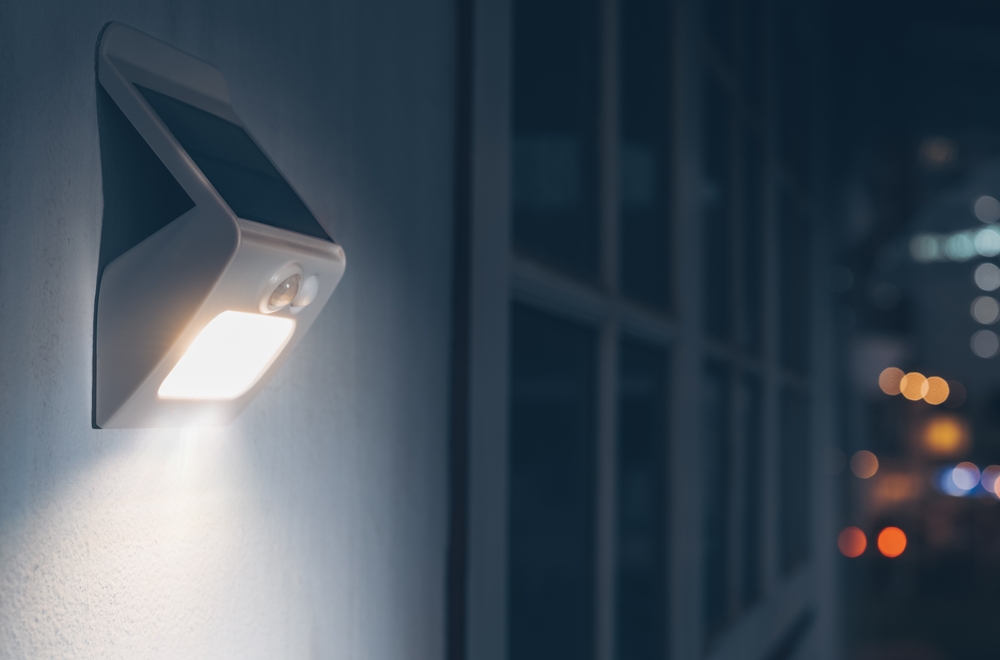
Harnessing solar energy is a powerful step toward a more sustainable home. Installing solar panels can significantly reduce your reliance on fossil fuels and lower your energy bills. While the initial investment might be substantial, the long-term savings and environmental benefits are well worth it. According to EnergySage, homes with solar panels can save thousands of dollars on electricity over their systems’ lifetimes.
Solar energy isn’t just about panels on the roof, either. Solar-powered lights for the garden or patio, solar water heaters, and even solar chargers for devices offer additional ways to integrate this renewable energy source into your daily life. These technologies can reduce your dependence on traditional electricity sources and lower your carbon footprint. By embracing solar energy, you make a significant step towards a more sustainable future.
4. Invest in Energy-Efficient Appliances
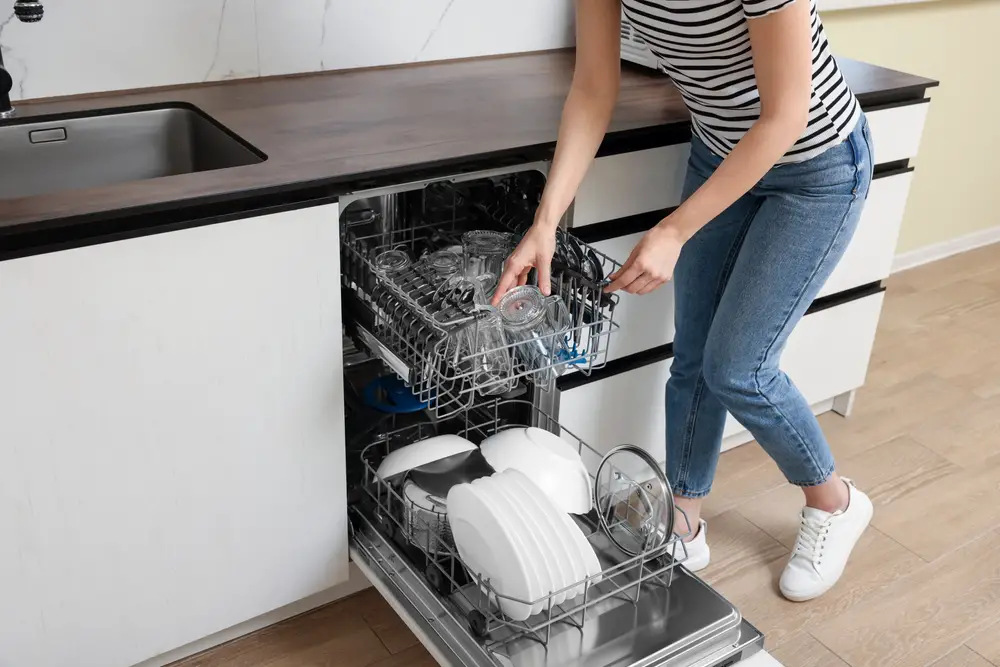
When it’s time to replace an appliance, consider choosing energy-efficient models for an eco-friendly impact. Appliances with the ENERGY STAR label meet energy efficiency guidelines set by the U.S. Environmental Protection Agency, meaning they consume less energy and reduce greenhouse gas emissions. These appliances often come with advanced features that not only save energy but can also offer better performance and longevity.
While they may have a higher upfront cost, energy-efficient appliances can lead to significant savings on utility bills in the long run. Refrigerators, dishwashers, and washing machines are common household items that have energy-efficient alternatives. By choosing these eco-conscious options, you not only contribute to a healthier planet but also create a more cost-effective household.
5. Use Smart Power Strips
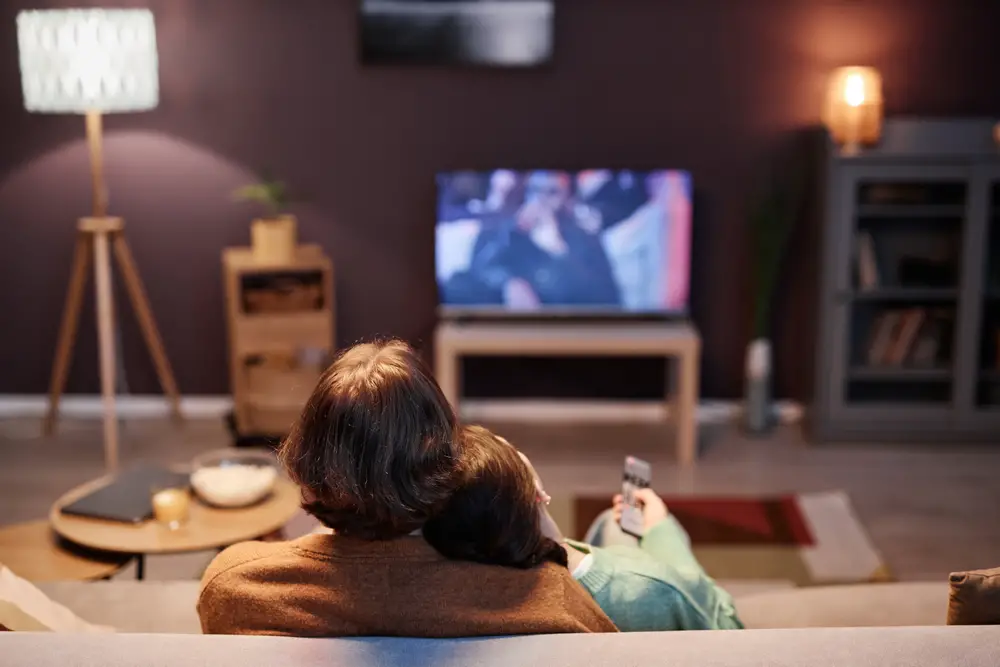
Electronics continue to draw power even when they’re turned off, a phenomenon known as “phantom load.” Smart power strips can help reduce this unnecessary energy consumption by cutting off power to devices that aren’t in use. These strips can automatically detect when a device is in standby mode and shut off power, saving you money and energy.
Smart power strips are available in various configurations to suit your needs, whether for a home office, entertainment center, or kitchen. By using these devices, you simplify energy management in your home, ensuring that no energy is wasted. This small change can lead to noticeable reductions in your electricity bill and is another step towards sustainable living.
6. Incorporate Recycled and Upcycled Materials
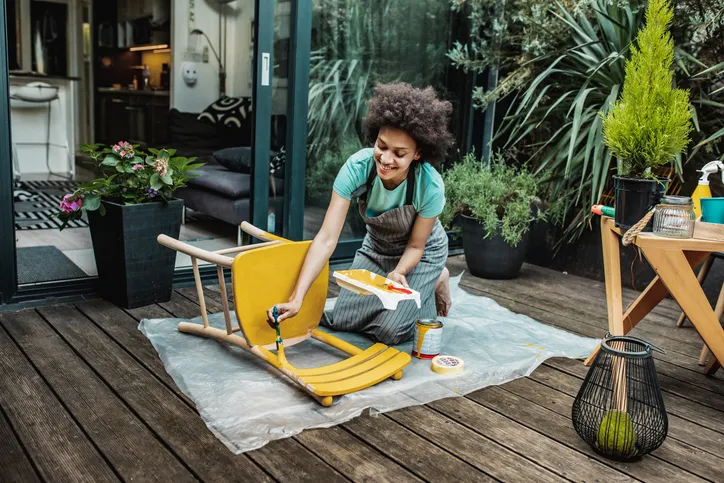
Decorating with recycled and upcycled materials is a creative way to make your home eco-friendly. These materials reduce waste and often boast unique designs with character and history. Repurposing old furniture, using reclaimed wood, or choosing items made from recycled materials can add style and sustainability to your home.
This approach extends to textiles as well; consider rugs, curtains, and upholstery made from recycled fibers. Not only do these choices help the environment, but they also support innovative companies dedicated to sustainability. By embracing recycled and upcycled materials, you infuse your home with a sense of individuality and purpose.
7. Indoor Plants for Air Quality

Adding indoor plants to your home not only enhances its aesthetics but also improves air quality. Plants like spider plants, snake plants, and peace lilies are known for their air-purifying qualities, removing toxins and increasing oxygen levels indoors. This natural filtration system contributes to a healthier living environment and can even boost your mood and productivity.
Caring for indoor plants encourages a connection with nature, even if you’re living in an urban environment. They require minimal care and can thrive in various light conditions, making them suitable for any room. With a variety of plant types to choose from, you can customize your green space to fit your style and needs.
8. Upgrade to a Programmable Thermostat
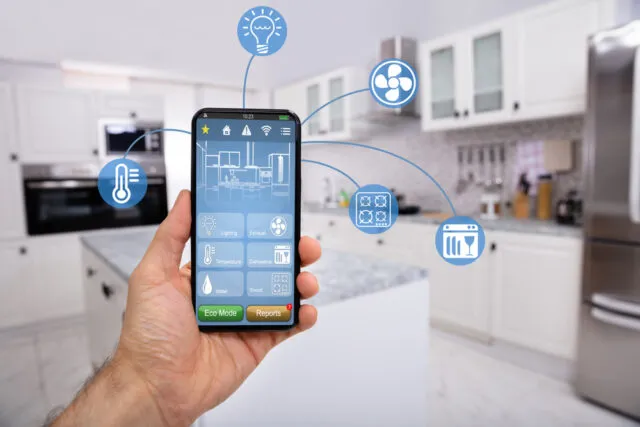
A programmable thermostat can help optimize energy use in your home by adjusting temperatures according to your schedule. These devices allow you to set different temperatures for different times of the day, ensuring comfort and efficiency. By using a programmable thermostat, you can significantly reduce heating and cooling costs without sacrificing comfort.
Many modern thermostats come with smart technology, allowing you to control your home’s climate from your smartphone. This feature is particularly useful if your schedule changes unexpectedly, ensuring that you’re not wasting energy when you’re not home. Investing in this technology is a cost-effective way to make your home more energy-efficient and environmentally friendly.
9. Reduce Water Usage with Low-Flow Fixtures
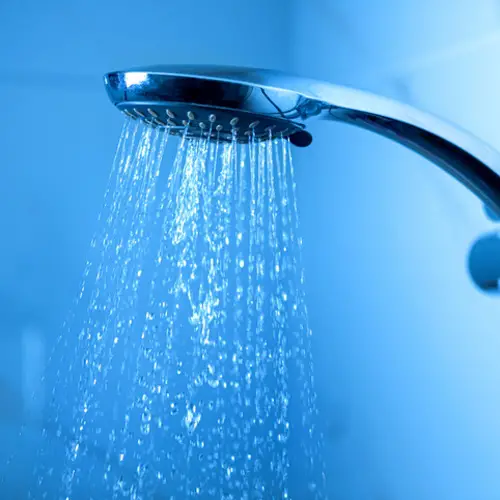
Installing low-flow fixtures in your home can greatly reduce water consumption. These fixtures, including showerheads and faucets, are designed to use less water while maintaining pressure and performance. By reducing water usage, you lower your water bill and contribute to the conservation of this vital resource.
Low-flow fixtures are easy to install and available in various styles to suit your home’s decor. Many modern designs ensure that you don’t have to compromise on aesthetics or functionality. Making this change is a straightforward way to promote sustainability in your home and can lead to significant water savings over time.
10. Utilize Natural Lighting
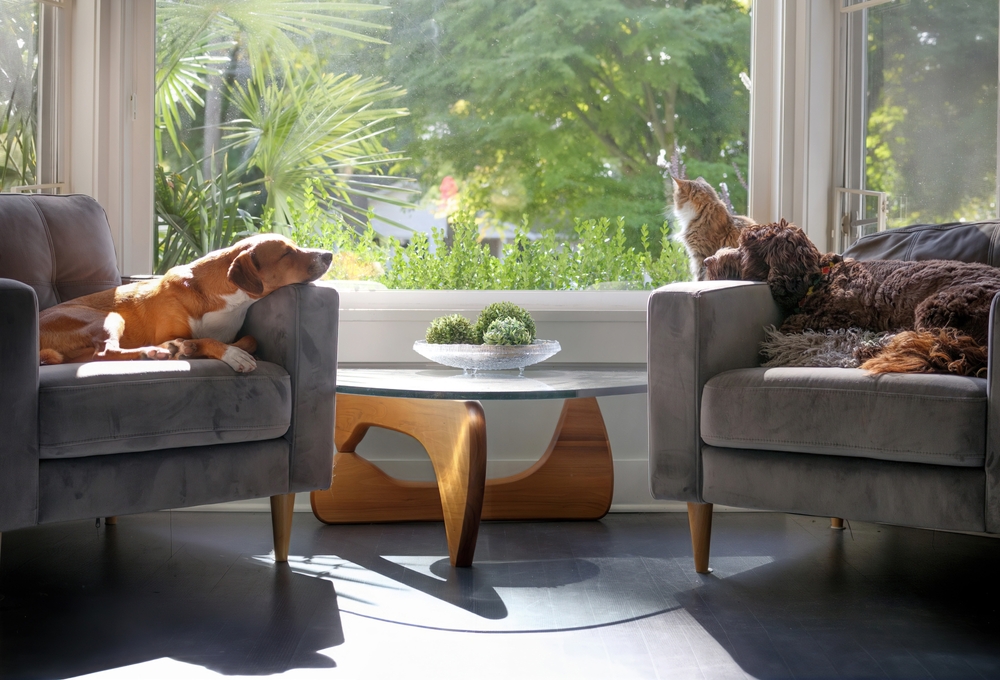
Maximizing natural lighting in your home reduces the need for artificial lights, saving energy and creating a warm, inviting atmosphere. Consider arranging furniture to take advantage of natural light or using mirrors to reflect light into darker areas. Skylights and larger windows can also be installed to increase the amount of natural light in your home.
Natural lighting offers numerous health benefits, including improved mood and increased productivity. It also showcases your home’s interior design in the best possible light, literally and figuratively. By embracing natural lighting, you create a more sustainable and pleasant living environment.
11. Compost Your Kitchen Waste
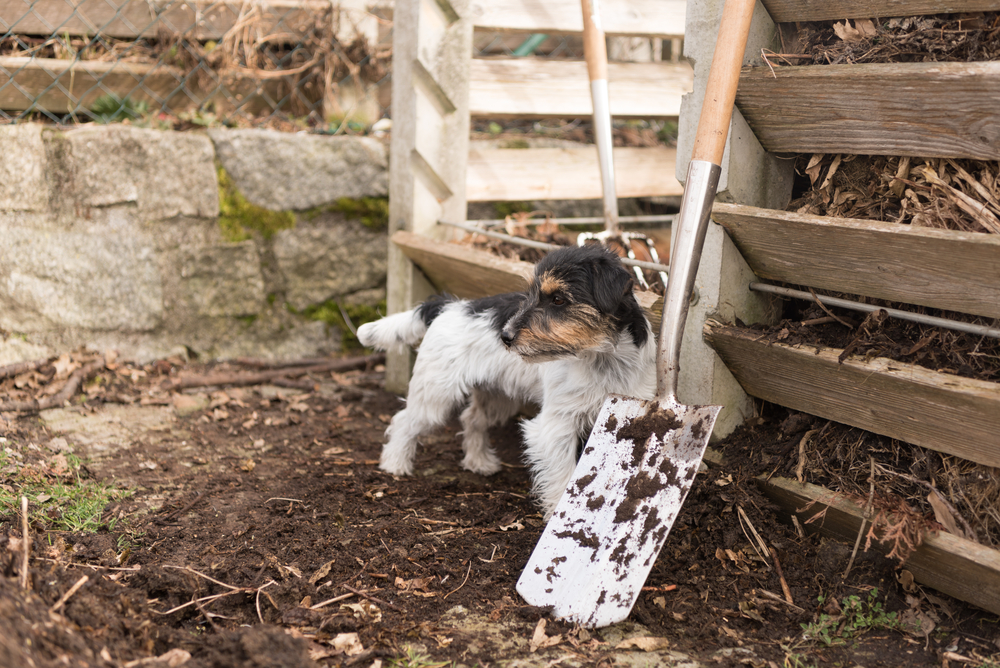
Composting kitchen waste is an excellent way to reduce household waste and create nutrient-rich soil for your garden. By composting organic materials like fruit and vegetable scraps, coffee grounds, and eggshells, you reduce the amount of waste sent to landfills. This process also decreases methane emissions, a potent greenhouse gas produced by decomposing waste in landfills.
Starting a compost pile or using a compost bin is simple and requires minimal investment. It’s a natural process that enriches soil, making it ideal for gardening enthusiasts. By adopting composting practices, you contribute to a circular economy, where waste is transformed into valuable resources.
12. Reuse and Repurpose Household Items

Finding new uses for old items is a creative way to reduce waste and save money. Before discarding something, consider if it can be repurposed or upcycled. Glass jars can become storage containers, and old t-shirts can be turned into cleaning rags or tote bags. This approach not only minimizes waste but also encourages creativity and sustainability.
Repurposed items often have a unique charm that adds character to your home. Engaging in these projects can also be a fun activity for the whole family, fostering a mindset of sustainability. By reusing household items, you contribute to reducing the demand for new materials and manufacturing processes.
13. Insulate Your Home Properly

Proper insulation is key to maintaining a comfortable temperature in your home and reducing energy consumption. Well-insulated homes require less energy for heating and cooling, resulting in lower utility bills and reduced environmental impact. Consider upgrading insulation in areas like attics, walls, and basements to improve your home’s energy efficiency.
Insulation materials now come in eco-friendly options, such as recycled denim or cellulose, providing sustainable choices for home improvement. The benefits of proper insulation go beyond energy savings; it can also reduce noise pollution and increase indoor comfort. By investing in quality insulation, you create a more sustainable and pleasant living environment.
